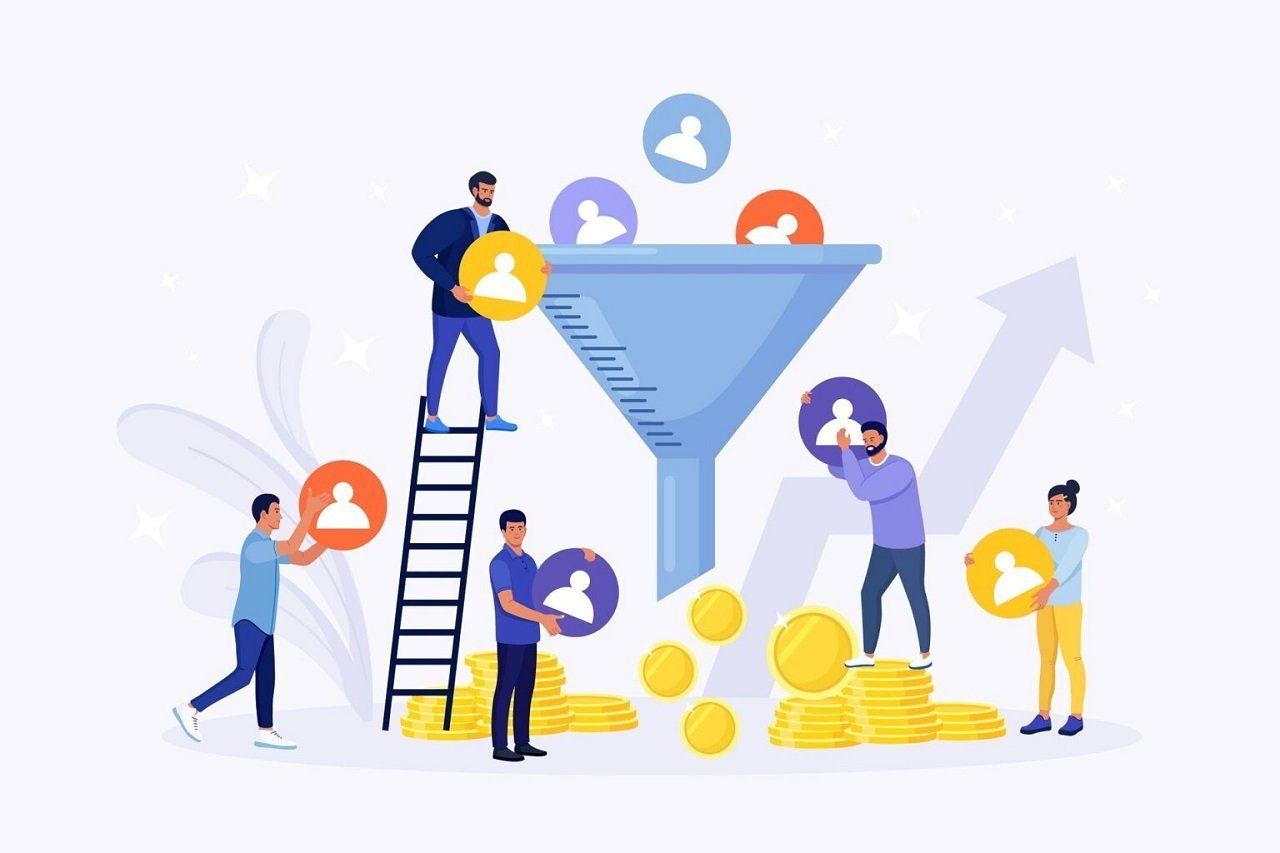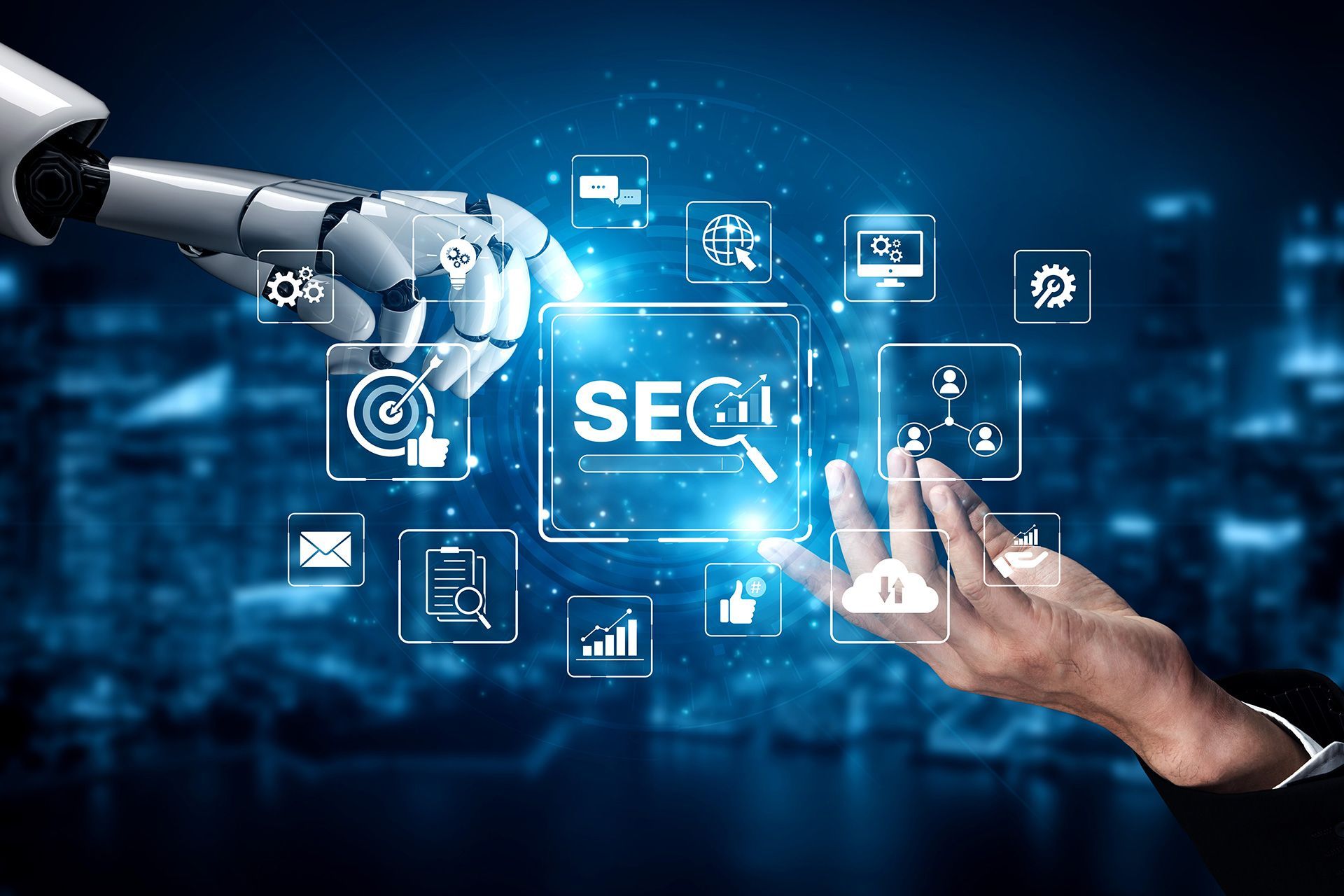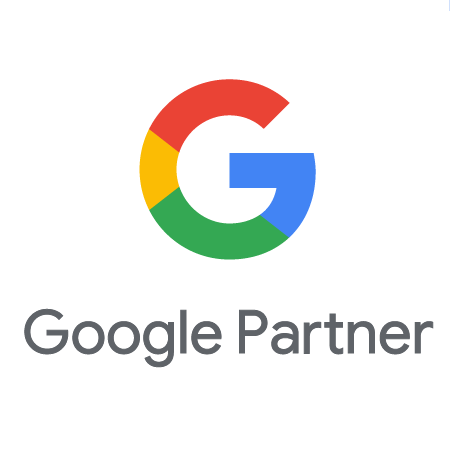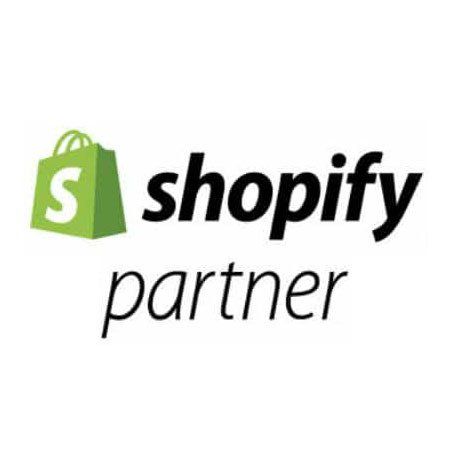Paid Advertising Funnel Strategy Made Easy

The Four Funnel Stages
There are many potential customers interested in your service or your product. However, their numbers decrease the further they travel down the funnel.
Since each stage in buyers' journey contains customers with different interests, you’ll have to tailor your advertising content and connect it to each stage of your funnel to decrease the number of leads who ultimately won’t convert.
One of the most popular funnels is the four-stage marketing funnel. It’s been a mainstay since the 19th century, so you can be damn sure it still works. The four stages are:
- Awareness
- Interest
- Desire
- Action
By establishing an adjustable cognitive trigger for each stage of your paid advertising funnel, you’ll have an easier time understanding your audience. More importantly, you’ll be able to scale your operation and develop new marketing strategies.
Let’s look at the stages in more detail:
Awareness stage
This stage has a good parallel in real life: when you meet someone for the first time, you don’t want to overstep boundaries by sharing your life story right away. The same applies to your marketing strategy.
In the awareness stage of your paid advertising funnel, your goal is simply to introduce your brand to people who don’t know anything about your business.
The triggers for this funnel are website and social media visits, including comments and views on blogs or videos.
The best content to provide to these audiences is something they’ll find useful such as tips, guides, and classic how-to articles. You don’t want to force any call to action this early on as your goal should be to address their problems.
Interest stage
The prospects that start following you on social media and subscribe to your newsletter are officially in the second stage of your paid advertising funnel.
The interest stage can be tricky. While it is the right time to convert visitors to leads with a direct offer, it’s still too early for aggressive marketing. Instead, focus on remarketing by showing ads to those who already visited your website.
Desire stage
Once you generate enough interest for your product or service, the next course of action should be helping your customers learn more about it. This applies to users who added your product to the shopping cart, subscribed to your promo newsletter, or registered on your website.
Your goal in the desire stage should be to inspire and engage your leads to buy the product or the service you’re selling.
You can do that through a marketing campaign to remind them about your offering. If you want to push the customers to the next paid advertising funnel stage faster, you can try something a bit more proactive. For instance: cold calls, personal sale offerings, or freebies (a free sample or such).
Action stage
While this is the stage where you can finally reap the benefits of your previous efforts, you can’t relax just yet.
Keep track of metrics like approval rate, cost per acquisition, and return on investment (ROI). Consider the average check size (the amount the customer spends) and abandoned carts. If you conclude, for example, that you have a lot of abandoned carts, you should readjust your previous strategy to address that.
Even if you do everything right, you'll encounter users who have reached the last stage in your paid advertising funnel without making the purchase. Fret not because it doesn’t mean that their intention isn’t to buy what you’re providing - it’s just that they might have forgotten to finish the checkout process or are unsure about the price.
In that case, you can tweak your remarketing efforts to include an exclusive discount to remind them of what they’re missing out on.
Paid Media Channels You Can Use
That should give you a better idea of what kind of content you need to present for each stage and the personas you need to reach. Let’s shift our focus to some of the most effective paid marketing channels to use for each stage of your marketing funnel.
1. Paid search
Once you’re familiar with the level of intent of your potential customers, you can leverage paid search in every step of the paid advertising funnel. That is, if you’re aware of the keywords you need to rank for.
In the beginning stages, the searches are broad and contain terms such as how to and what is.
Compare that to the next two stages - they’re more specific and action based. For example, if you’re offering pest control services the qualifying keywords might be something along the lines of ‘’find an exterminator’’.
In the final stage, the keywords get more specific and tend to include terms like ‘’near me’’, localized searches, and even product-related queries.
2. Social media advertising
Social media is a beast when it comes to targeting prospects in different stages of their buyer journeys in a natural and more personal manner.
When introducing new audiences to your business, you can leverage frequency and reach campaigns on social media to target audiences with different interests, geographic locations, demographics, etc.
You can take those cold prospects to your site and expose them to campaigns optimized for the awareness stage.
For the stages further down your paid advertising funnel, you can target audiences whose previous behavior has shown they are more likely to click on your call to action.
Lastly, you can also show product listing ads to audiences who might be interested, as well as lead generation ads that contain capture forms.
3. Display advertising
Display advertising is the type of ad that combines text and visuals with a CTA that leads to a landing page.
You can target customers who don’t know anything about you or your offerings by leveraging demographics and interest factors. You can also target people who are interested based on the keywords they’re using. This also extends to the prospects who are visiting websites similar to yours.
If you want to start a retargeting campaign, display advertising is a powerful channel to leverage to its maximum potential. With website retargeting, you can show targeted ads to people who accepted the cookies on your site.
In the action phase, you can even take advantage of display ads to minimize the number of abandoned shopping carts. For example, you can show them a promotion of the product they didn’t purchase and try to encourage them to complete the purchase.
4. Programmatic advertising
Programmatic advertising (buying digital ads automatically) is a neat way to push your potential customer to the next stage in your paid advertising funnel.
For the awareness stage, you can again utilize audience targeting. For the following two stages, you can leverage the previous search history of consumers to show them a targeted display ad.
The final stage is quite similar to display advertising. Programmatic advertising also helps you tackle the problem of abandoned shopping carts, only this time it’s done automatically. How great is that?
The Power Of The Funnel
Consider this:
the four stages of the funnel reflect human psychology, which makes it easier to know exactly what you need to show to each prospect. A full-fledged paid advertising funnel strategy can make your ads a lot more effective.
By fine-tuning the content you share through paid channels, you can quickly move your leads further down your marketing funnel until you finally close that sale, increasing your bottom line in the process.
Granted, this is if you know precisely what you’re doing.
By hiring a professional marketing agency that knows exactly what types of paid channels to use and how to adapt and connect your marketing strategy to your funnel the right way, you’ll reap more benefits.
If you want to see a better ROI and avoid the trouble of going back to the drawing board to address issues with your ads, hiring a pro is the right way to go.
Here at Oamii, we’re available 24/7 to answer all your questions about crafting the perfect paid advertising funnel strategy. With us at your side, you’ll finally achieve the desired results from your paid advertising campaigns. Contact Oamii now by filling out our online contact form, or call us at 561-228-4111, and we can help you now!
Disclaimer: The information on this website and blog is for general informational purposes only and is not professional advice. We make no guarantees of accuracy or completeness. We disclaim all liability for errors, omissions, or reliance on this content. Always consult a qualified professional for specific guidance.








